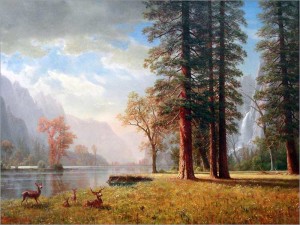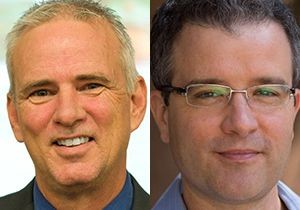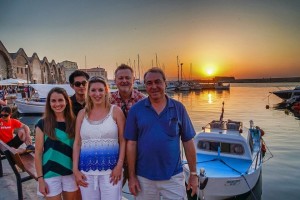The Rebirth of Black Rage
There are two quotes from September 2, 2005, that have become fixtures in our cultural and political language, and each sums up the ways in which Americans with differing perspectives came to view the disaster of Hurricane Katrina. The first is from George W. Bush: Five days after Katrina tore through the Gulf Coast region, the president landed in Louisiana facing heavy criticism for his administration’s slow response to the devastation. Touring the state with FEMA director Michael Brown—the only person who’d been more heavily criticized for the government’s inadequate response—Bush turned to the man he’d placed in charge of disaster relief and said, “Brownie, you’re doing a heckuva job.” Part of Bush’s appeal had always been his folksiness, but it offered no solace here. His comment only served to further exemplify his ineptitude.
The other quote—what Bush would later call the worst moment of his presidency—came at an unexpected time from a rather unexpected source.
Later that same evening, after Bush’s “heckuva job” comment, NBC did what television networks do during times of disaster and hosted a celebrity telethon. Faith Hill, Harry Connick Jr., Claire Danes, Hilary Swank, Lindsay Lohan, Leonardo DiCaprio, and others stood before an audience of millions, accompanied by the pictures of despair that were still streaming from the gulf—New Orleans in particular.
Also invited was Kanye West, one of the more popular entertainers in the country at the time. He was paired with Mike Myers, famous for his performances as Austin Powers and as the voice of Shrek. Myers read from a teleprompter about the suffering in New Orleans, attempting to build up sympathy before the big ask. When it was West’s turn, he deviated from the script and started speaking from his heart.
“I hate the way they portray us in the media,” Kanye said. “You see a black family, it says, ‘They’re looting.’ You see a white family, it says, ‘They’re looking for food.’ And, you know, it’s been five days because most of the people are black…. America is set up to help the poor, the black people, the less well-off, as slow as possible.”
Myers attempted to rebound, returning to the teleprompter script. The folks in the control room at NBC must have been hoping that West would do the same. Perhaps they weren’t familiar with his brash reputation, or perhaps they thought he would rein himself in, in service of charity. But Kanye wasn’t done: He still needed to deliver what would become one of my generation’s greatest moments of live television. Speaking as if he were reading from the teleprompter, his cadence straddling the line between stiff and natural, he looked straight into the camera and said, “George Bush doesn’t care about black people.”
Had this happened even five years earlier, it would have been newsy fodder for comedians and might even have made its way into some year-end retrospectives. But it would also have receded more easily into a cultural footnote, a had-to-see-it-to-believe-it moment in television. In September 2005, however, millennials were already taking more direct control of our media diets; we were deciding for ourselves which moments were fleeting and which were definitive. YouTube had launched earlier that year and was already starting to catch on; the idea of the Internet providing video on demand was becoming more of the norm. I was back on campus for my second year of college when this telethon aired, and for weeks afterward, if someone mentioned that they had missed Kanye’s declaration, another person would open a laptop, conduct a quick Google search, and pull up the video for a crowd of onlookers. Facebook, founded the previous year, didn’t yet support video links, but we could all post on one another’s walls some variation of jokes involving West, Bush, or not caring about black people. With these new technological possibilities, and the most succinct political statement of the year, West was able to further ingratiate himself with a generation of young people who already loved his music, but who now had, in him, our first relatable expression of black rage on a national stage.
Continue reading at TheNation.com
Excerpt from The Rebirth of Black Rage © 2015 by Mychal Denzel Smith. Used with permission from The Nation.
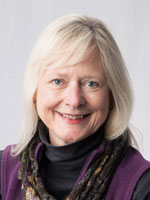
 This new annual award recognizes outstanding achievement in teaching undergraduate geography including the use of innovative teaching methods. The award is generously funded by John Wiley & Sons in memory of their long-standing collaboration with the late Harm de Blij on his seminal geography textbooks.
This new annual award recognizes outstanding achievement in teaching undergraduate geography including the use of innovative teaching methods. The award is generously funded by John Wiley & Sons in memory of their long-standing collaboration with the late Harm de Blij on his seminal geography textbooks.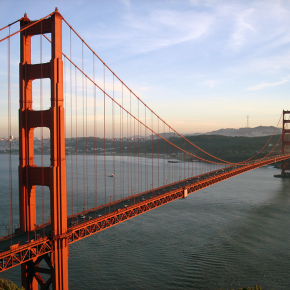 Join Us in San Francisco
Join Us in San Francisco